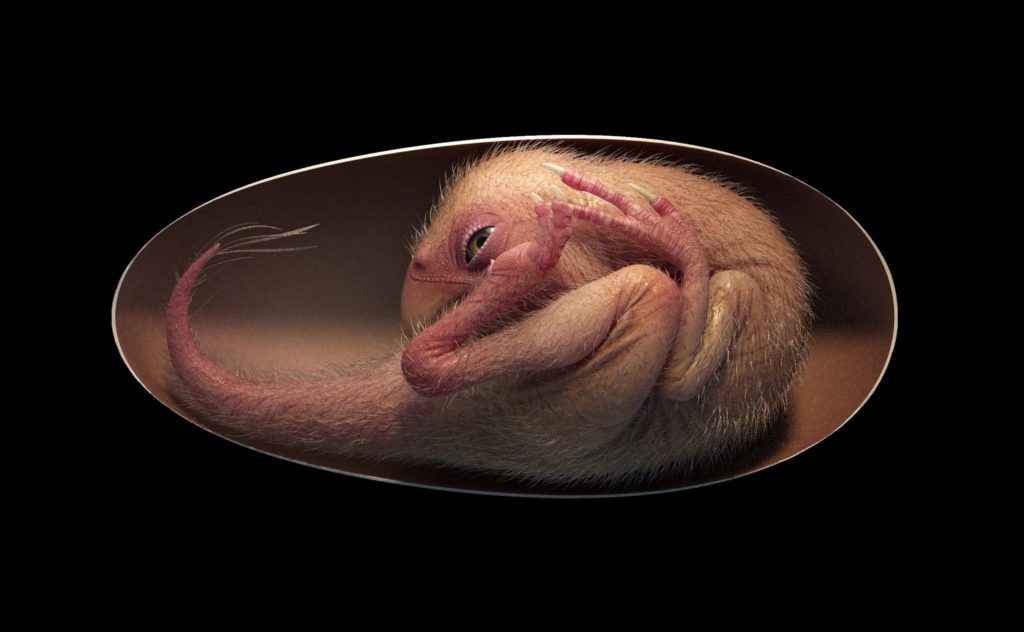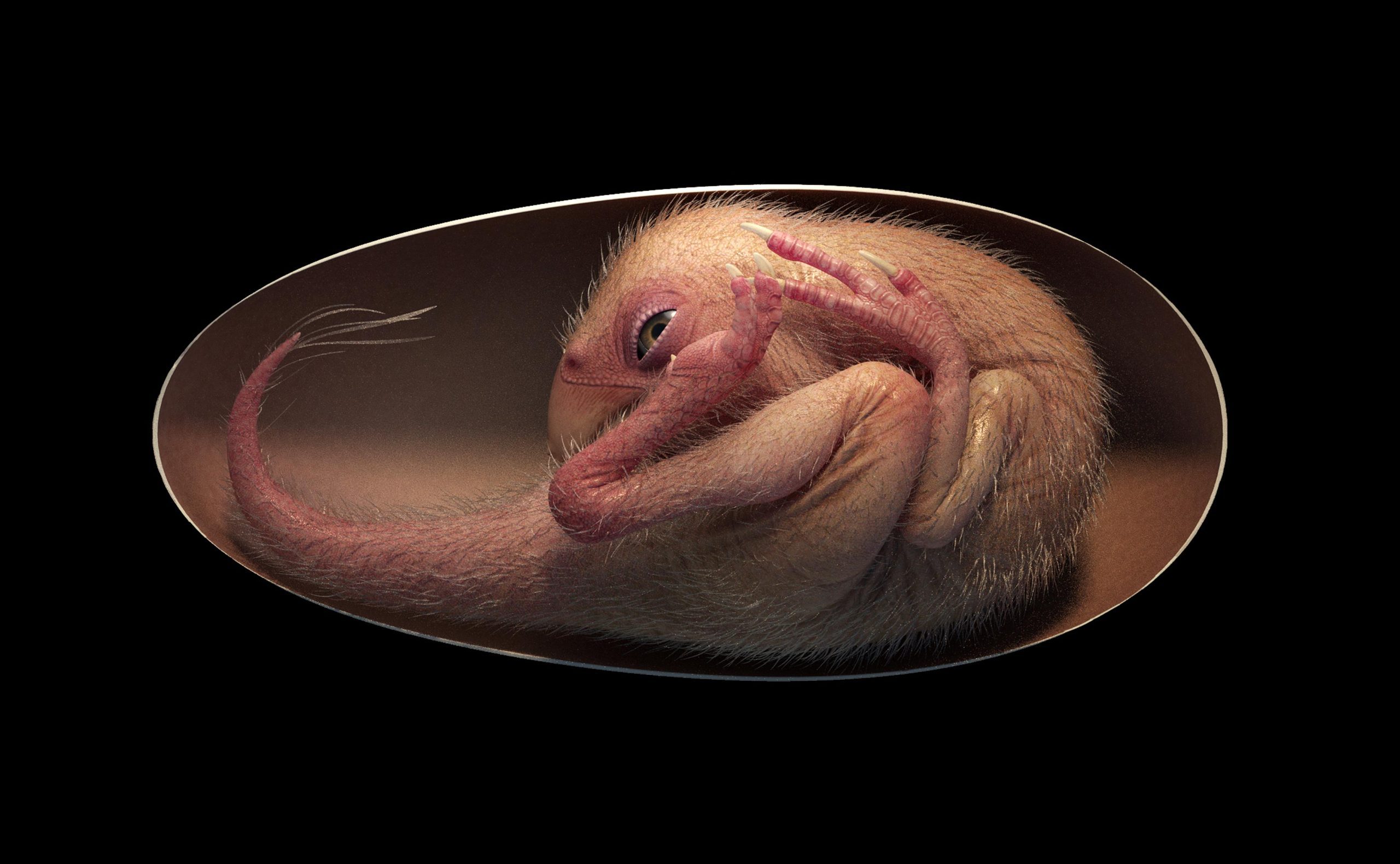Generation Black TV - Live
Perfectly-Preserved Dinosaur Embryo Shows Strong Similarities To Birds
Perfectly-Preserved Dinosaur Embryo Shows Strong Similarities To Birds
[simple-author-box]

A fossilised dinosaur egg has been found in Ganzhou, southern China.
The fossil of the baby Dino in question is curled up inside its egg, showcasing similarities between the ancient species and our modern feathered friends. The fossil was nicknamed Baby Yingliang, serving the Chinese museum’s name where it’s being used.
Baby Yingliang measures roughly 27 meters. It’s theorized to be between 72 to 66 million years old and preserved thanks to a mudslide that buried the egg from scavengers for an untold amount of years.
Liang Liu acquired the fossil in 2000 after being found in China’s Jiangxi province. Liu is the director of a Chinese stone company, the Yingliang group. It wasn’t until today that the museum staff began sorting through the old boxes and found the fossil during the Yingliang Stone Nature History Museum building.
The skeleton contains the skeleton of an oviraptorid Dino. Oviraptorosaurs literally mean egg thief lizards. Doesn’t sound like the friendliest of dinosaur labels! However, their diets are quite varied. They could eat modern turkeys to massive Gigantoraptors, so tall that they measured 26 feet long. These feathered dinosaurs were alive during the Late Cretaceous period, in North America and Asia today.
What makes this an exciting find is the rarity of a baby dinosaur fossil. Their bones are incredibly fragile, and finding a fossil for them is quite difficult, according to associate professor Darla Zelenitsky at the University of Calgary, Canada.
Most non-avian dinosaur embryos have bones separated at the joints, which is called disarticulated skeletons.
Regarding its measurements, the egg is roughly 17 centimeters long, with the dinosaur estimated to be roughly 27 centimeters from head to tail. After some calculations, it was deduced that the adult would’ve measured two to three meters long.
Birds evolve directly from the two-legged dinosaur group known as theropods. Theropods include the ravenous velociraptors and the mighty Tyrannosaurus rex. Oviraptorids gave rise to birds, but their behaviour of taking various positions in the embryo before they hatch is no longer unique to modern day living birds.
However, their pre-hatching behaviour is the only behaviour that present-day birds keep from their dinosaur ancestors. They are even theorized to sit on top of their eggs for incubation, not too different from how birds today behave.
Modern bird embryos perform an action known as tucking, ruled by the central nervous system and in charge of hatching success. Tucking involves changing poses before hatching, similar to baby birds. The pose was so surprising to investigators that they had never recognized something remotely similar to that in non-avian dinosaurs in the past.
The dinosaur embryo has its head lying below the body, its feet on either side, and its back curled along the abrupt ending of the shell.
“This little prenatal dinosaur looks just like a baby bird curled in its egg, which is yet more evidence that many features characteristic of today’s birds first evolved in their dinosaur ancestors.” Said professor Steve Brusatte of the University of Edinburgh.
An alternative to tucking is somewhat seen in modern crocodiles, which assume a sitting position with the head bent upon the chest up to hatching instead of curling up like a ball.
Embryos that don’t tuck properly have a higher chance of dying from unsuccessful hatching. The discovery of the embryo in a tucking position has helped scientists confirm that birds inherited many other behaviours from their dinosaur ancestors.
As for the team’s plans for Baby Yingliang, they hope to study the fossil in closer detail by employing advanced scanning techniques to screen its entire skeleton. They plan to analyse its skull bones, as part of the body is still attached to rocks.
Who knew that present-day birds would have so much in common with a towering T-rex?
However, birds evolved from the smaller theropods, not the massive ones, like the T.rex. One could say they are distant cousins with a common ancestor. The oldest bird fossil has been theorized to be 150 million years old.
The fossil was labelled one of the best dinosaur embryos ever found in history. While it being alive today is due to a lucky strike more than careful behaviour, studying it will allow scientists to understand better the differences and similarities between modern-day birds and dinosaurs.


